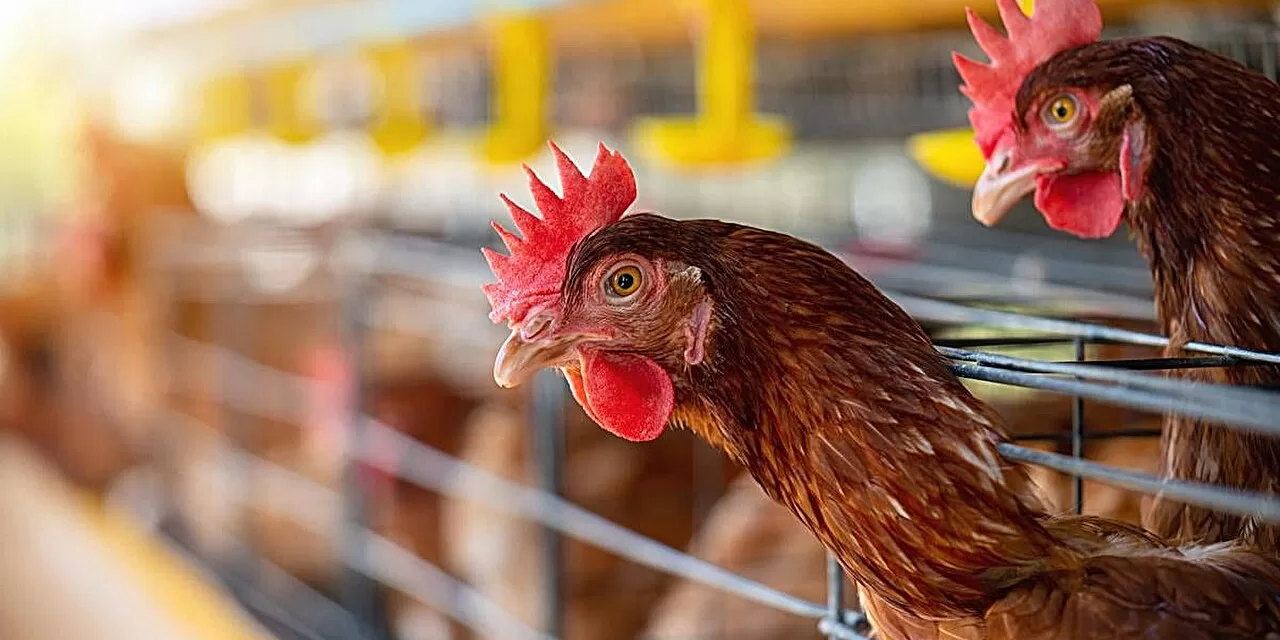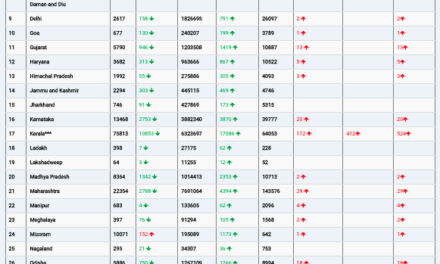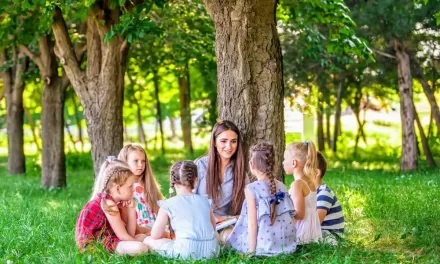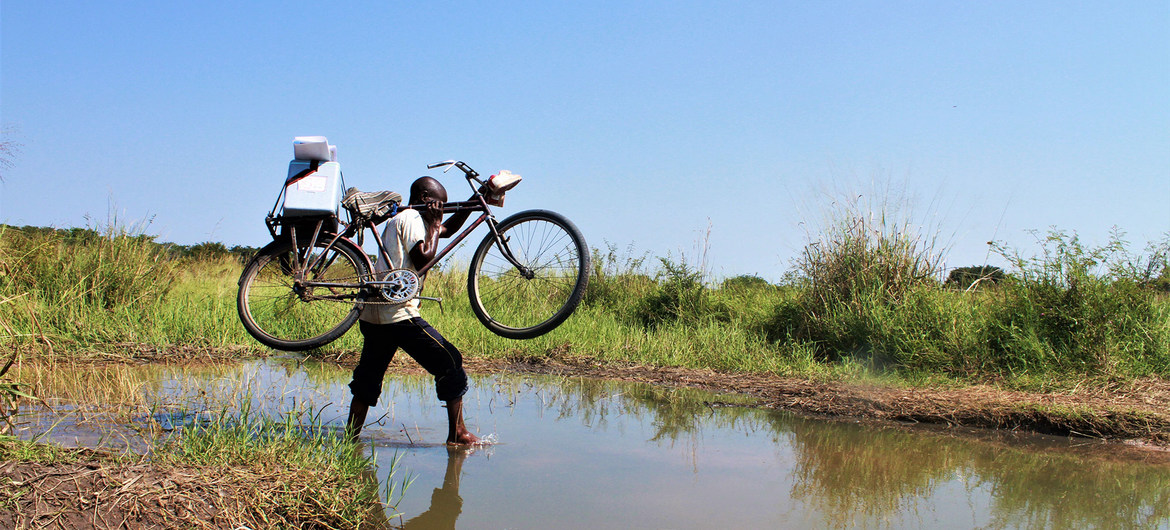As interest in raising backyard chickens surged during the COVID-19 pandemic and continues to grow due to rising egg prices, a less-discussed risk is gaining attention: avian influenza, or bird flu. Since February 2022, the H5N1 strain of bird flu has affected millions of chickens, ducks, and other birds in commercial flocks. This threat has also extended to backyard flocks across all 50 states, with over 20 states reporting cases in the past 30 days, according to the U.S. Department of Agriculture (USDA).
While backyard flocks are generally smaller than commercial ones, they are still a significant contributor to the spread of bird flu. In fact, 37% of the 113 flocks that have tested positive for bird flu were backyard operations.
In a tragic reminder of the potential dangers, early this January, Louisiana health officials reported the first and only U.S. death from bird flu. A male resident with preexisting health conditions was exposed to infected wild and backyard birds.
What Are the Risks?
Despite these reports, experts emphasize that the risk to the general public remains low. Samuel Scarpino, a pathogen surveillance expert at Northeastern University, reassures that the chances of widespread human infection are minimal. However, he urges people with backyard chickens or ducks to exercise caution.
“You need to be really cautious,” Scarpino advises. “While the risk to humans is low, certain precautions are necessary, especially for those who work directly with birds.”
How Can You Protect Yourself?
To minimize risk, Scarpino recommends taking several precautions when handling chickens, ducks, and their enclosures:
- Wear an N95 mask while cleaning out coops. “You’re in a confined space, and you’re stirring up viruses and bacteria present in bird droppings,” Scarpino explains.
- Use gloves to protect your hands, and always wash them thoroughly after handling birds or their environment.
- When handling dead birds, wear gloves and an N95 mask, and use a shovel to avoid direct contact. If you lack disposable gloves, the USDA suggests turning a plastic bag inside out to pick up the carcass and double-bagging it for trash disposal.
How to Spot Avian Flu in Backyard Flocks
Avian influenza in chickens and ducks can present with a variety of symptoms, including low energy, purple discoloration, body swelling, sneezing, diarrhea, loss of coordination, and sudden death. If you observe any of these signs in your birds, contact a veterinarian immediately.
Backyard flock owners should also be vigilant if two or more chickens or ducks die without any clear signs of predation. In such cases, reporting the deaths to local health authorities is advised.
What About Wild Birds and Feeders?
As spring approaches, migratory birds will return from the South, potentially bringing bird flu with them. Though handling bird feeders is generally less risky than managing a backyard coop, precautions like thorough hand washing and wearing gloves are still recommended.
While it’s less crucial to mask up when handling feeders, Scarpino warns that cleaning up after wild birds may still present a risk, especially in the months ahead.
Disclaimer: This article is intended for informational purposes only. If you have concerns about bird flu, avian influenza, or your backyard flock’s health, consult a veterinarian or local health authority for guidance. While the overall risk to the public remains low, precautions should still be followed to minimize exposure to potential infections.












